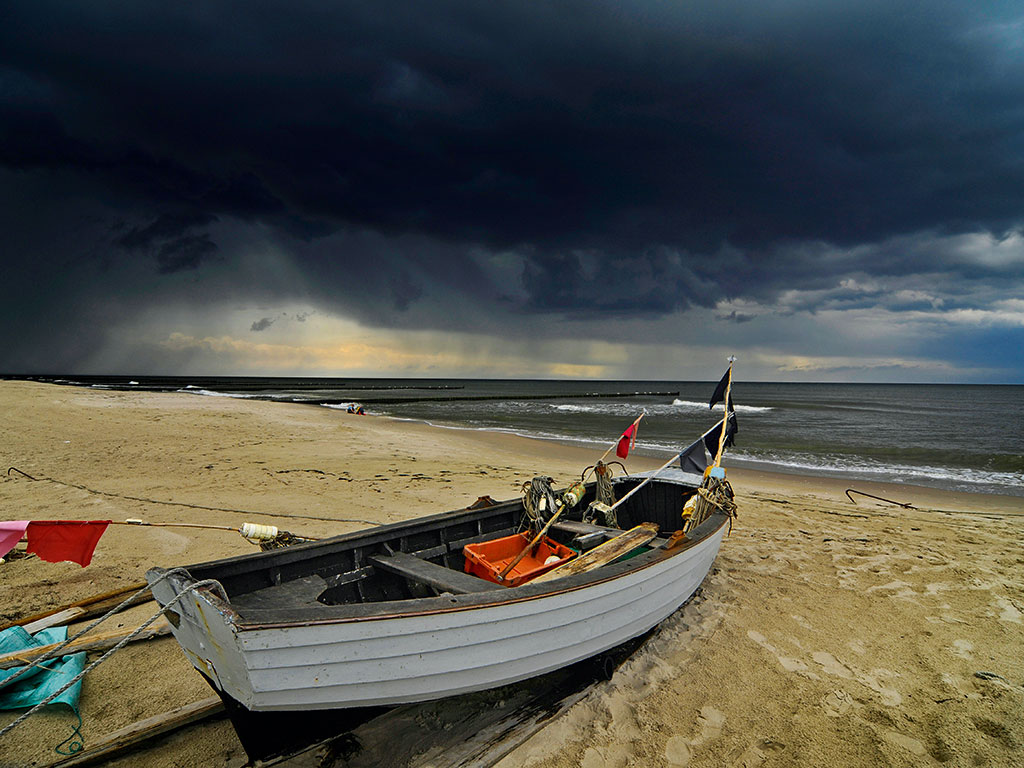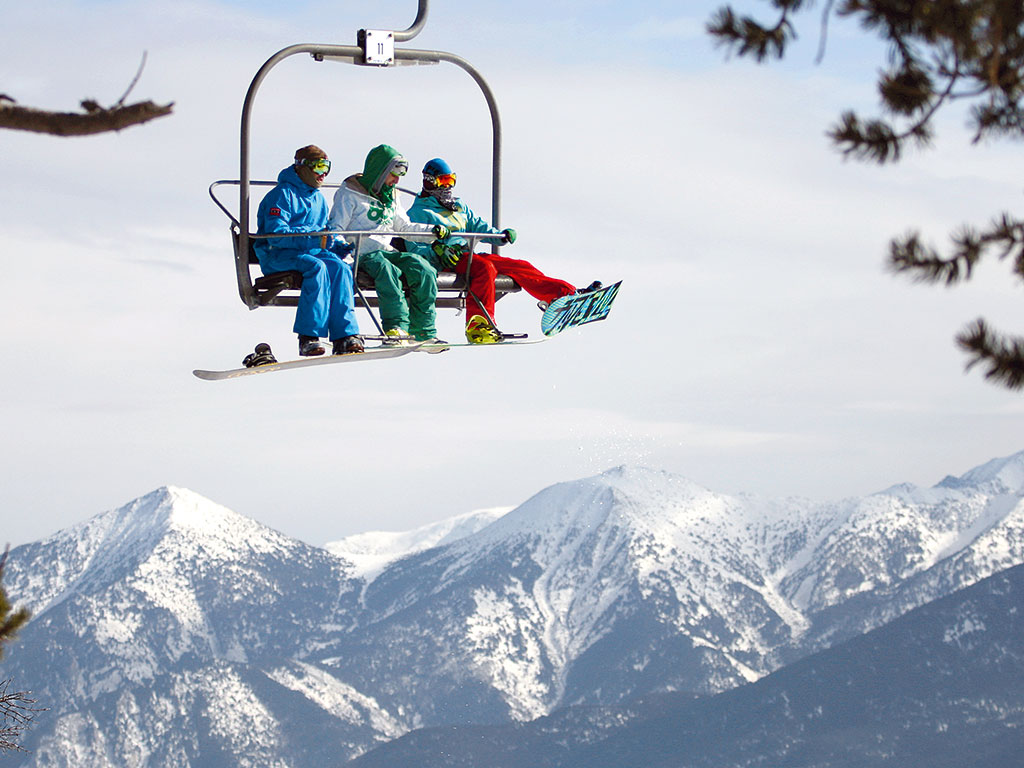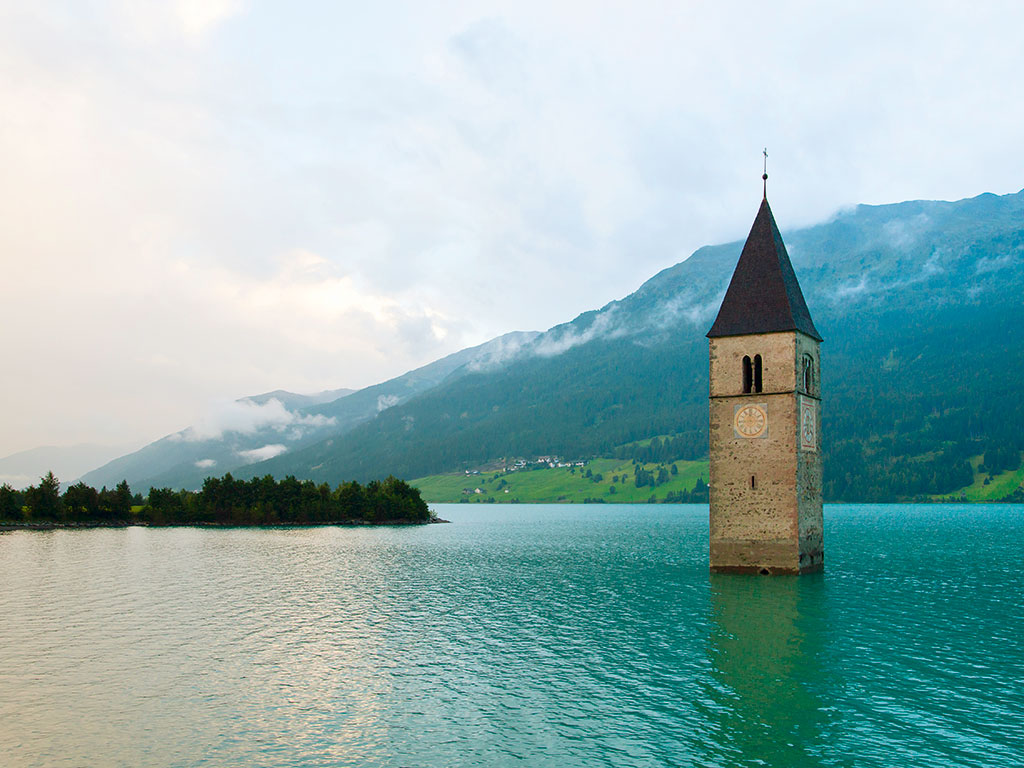
Throughout May, Central Europe was gripped in turmoil. Entire towns disappeared underwater, several people were killed and tens of thousands were ordered to evacuate their homes. Admittedly rare, these devastating late season floods were only the latest weather catastrophe to hit Europe and its struggling economic recovery this year. A virtually non-existent, snow-capped spring held all of Northern Europe hostage in March, whilst uncharacteristically cool weather across the board has stifled otherwise thriving tourism industries. The Met Office is already calling 2013 Europe’s coldest year since 1962 – and some eurozone countries actually faced their worst summers in over a century. Weather analysts are split over whether to place blame on climate change or a natural, freak occurrence. Whatever the cause, the bottom line is that Europe’s volatile weather conditions are proving dire to its delicate economic growth.
Almost 70 percent of European businesses are in some way weather dependant, therefore, it’s hardly surprising that the continent’s poor conditions are hammering virtually every industry. In the last quarter alone, clothes retailers declared losses of up to ten percent, DIY superstores saw profits nosedive by almost 30 percent and even savoury food chains, like Greggs Bakery, faced a sales decline of 2.2 percent. Retailers are not only blaming the losses on weather-related disruptions in supply chains, but simply low footfall. Meanwhile, tourism in Central Europe is being crippled by cancelled transportation links and an ordinarily idyllic countryside that spent entire weeks underwater. Production is at a stand-still too, with firms like Volkswagen being forced to shut down entire factories for days on end.
There’s no way yet to quantify the damage this sort of weather will have on Europe’s economic output for 2013 as a whole, however, the last time Central Europe saw a flood of this magnitude it cost over $26bn in economic damage. The aftermath may have cost local businesses over four times that – and following an entire year of poor weather, the broad and untold financial consequences of Europe’s current disasters will be exponentially worse for the continent in 2013.
Sales freeze
One of the sectors that has been hit the hardest is Europe’s thriving retail industry. In some eurozone countries, trade service activities were down by around four percent across the board in the first quarter of 2013. Subsequently, exports declined by around half a percent, and overall economic growth has decreased. More locally, continental retailers are being adversely affected by Europe’s weather woes. For example, DIY retailer Kingfisher, which owns B&Q and Screw Fix, blamed a shocking 29.2 percent loss of profits on weather – the slump was its first profit drop in four years. Other sectors fared little better. Swedish fashion mega-retailer H&M reported a profit loss of ten percent due to low footfall and a spring collection that frankly didn’t suit Europe’s freezing temperatures. Similarly, companies like sports retailer Puma reported a revenue decline of 2.3 percent.
The bottom line is that Europe’s volatile weather conditions are proving dire to its delicate economic growth
However, the news isn’t all bad for fashion retailers. In fact, some firms have minimised the impacts of poor weather by drastically increasing funding in online retail activity. International apparel retailers, like Guess Inc, swam against the current by reporting a ten percent share increase – which can be heavily attributed to serious investment in its online platform, as well as improved growth in Asian markets. Online-only retailers have proven the most resilient to Europe’s appalling weather conditions, with sites such as Boohoo.com already reporting profit surges of up to 128 percent this year. Amidst the seemingly nonstop precipitation that’s been pelting the UK for most of 2013, online-only retail is proving an apt business plan. According to the Office for National Statistics, sales at traditional high street retailers continue to fall steadily; meanwhile online sales have risen by almost nine percent this year. Last quarter, just over ten percent of all retail spending was done online, indicating this may become a trend among some retailers as a way to dodge the financial havoc associated with poor weather.

Having a cold one
Oddly enough, one of the industries most heavily affected by bad weather has been Europe’s beverage trade – more specifically, its beer industry. Beer accounts for £18.85bn of Europe’s overall beverage trade and after two consecutive chilly summers, the industry as a whole is starting to look somewhat volatile. The sale of mass-produced light lagers such as Budweiser, dropped five percent (on top of a two-year decline of ten percent). Miller Lite’s European sales are down 8.8 percent, and Carlsberg sales are down three percent. Worse still, Molson Coors – the company that owns the rights to popular brands such as Corona and Grolsch – has seen its European profits drop by a depressing 50 percent in a single quarter. Beer executives are defending themselves by arguing their light lagers have trouble selling in cold and rainy weather, as consumers are more likely to drink spirits or ales indoors when the weather is adverse. But as Europe’s summers get wetter, producers need to find a solution to the crippling sales slump that follows.
Some brewers have tried to combat the rain by looking to hedge against bad weather. In 2002, Dutch brewing company Heineken reportedly sought a weather derivative agreement to cover their potential sales losses on rainy Saturdays. This approach hasn’t been extraordinarily successful (Heineken’s profits are down too). For more effective derivative possibilities, European brewers could look to the example of Belgium-based Anheuser-Busch. Instead of trying to hedge against weather that decreases sales, Anheuser-Busch protects itself against bad weather that offsets production. Last year, the brewer bought more than $1bn in aluminium swaps, $69m in corn swaps and interest rate swaps of around $80bn.
Given the industry’s current volatility, there must be some merit in this approach of playing the market, as Anheuser-Busch was possibly the only major brewer to post a core profit increase in Europe last quarter. Alternatively, struggling brewers could try to hedge against bad weather by finding a firm that benefits from it. For example, after losing money on a traditional weather derivative in 2002, a German safari park instead decided to make an agreement with an indoor bathhouse (which in the past benefitted from bad weather) so as to trade weather risks. If spirits and ales are best enjoyed indoors – and light lagers outdoors – perhaps this type of agreement would suit both types of distributors. Still, the long-term worth of such a solution is speculative at best.

Underwater cities
Far more severe weather crises have continued to plague continental industries throughout the first half of 2013. That said, Europe’s tourism industry has long entertained polarised reactions to its various natural disasters. In March for example, some parts of Northern Europe and the UK faced snowfall of up to three feet, causing an estimated $1.8bn in damage. Typical tourist destinations in these regions suffered accordingly. In the height of the snowstorm, major transportation operators such as Eurostar were forced to cancel almost all of their outbound trains, affecting up to 10,000 passengers a day. Although these cancellations visibly damaged Europe’s hotel industry, Eurostar was actually able to bounce back and report a one percent profit increase after the storms. Meanwhile, air travel was also restricted, with major hubs in Frankfurt and Paris calling off flights intermittently. According to one travel site, holiday bookings to some afflicted European destinations dropped 75 percent in late March. Bearing this in mind, the overall industry losses – although not yet quantified – will have been demoralising.
That being said, several aspects of European tourism experienced a surge amidst the chaos. According to the Association of British Travel Agents, a strong demand for last minute holidays among snow-weary Britons to Mediterranean destinations skyrocketed in March. Meanwhile, ski resorts unsurprisingly benefitted substantially from the late-season snows. In fact, over a dozen Austrian resorts posted revenue increases of up to 14 percent on the previous March. Moreover, with the still relatively cold temperatures hovering around Europe this summer, one ski resort in the Pyrenees even made headlines by reopening its slopes for the month of June.
Flood-afflicted Central Europe hasn’t been so lucky. One tourist-reliant village in southern Bavaria saw its historic old town almost completely underwater after tide levels exceeded a 500-year record. Further north, officials in Prague – a World Heritage site and vibrant summer destination for around five million tourists – literally battened down the hatches because of heavy rains. Officials shut the city’s metro system, closed most streets and deployed soldiers to install fencing around the city. Other important sites were utterly compromised; for example, in June the city’s popular zoo effectively transformed into an aquarium after it became fully submerged underwater (the animals were evacuated in time). Travel sites have consequently reported a serious decline in mid-summer city break bookings; however, it’s hoped the receding floodwaters will not have caused any irreparable damage to the city’s prominent tourist trade in the long run.
Insurers unfazed
Perhaps the most unanticipated reaction to Central Europe’s rampant flooding has been that of its insurance companies and their overall resilience. The last time Europe was hit with flooding of this magnitude, it caused $26bn in economic damage. Insurers had to cover approximately 15 percent of the damage, leading to relatively moderate losses among major firms. Reinsurance groups fared even worse, having to pay out over $4bn in losses. Fast-forward one decade, and although losses cannot yet be quantified in full for 2013’s floods, insurers are confident this summer won’t be very costly for them at all. This can be largely attributed to the fact that a great many homeowners and business owners in the region simply never bothered to insure themselves against flooding. In Germany, just one third of households are insured against natural disasters like floods, heavy rain or mudslides – as insurance that protects against these sort of conditions in frequently flooded areas is simply too costly. On top of that, it’s worth noting that less than ten percent of homeowners in many European countries have contents insurance. As a result, it’s fair to say insurers are unlikely to receive a major influx of claims like they did in 2002.
On the other hand, insurance firms have braced themselves for a high volume of payouts for waterlogged cars, as these are usually a total write-off for owners. With this in mind, Germany’s largest residential insurer, Stuttgarter SV Sparkassenversicherung, prematurely set aside around €40m in order to address projected claims. Bavarian insurer Versicherungskammer Bayern has prepared the same amount.
In all, an accurate forecast has not been made on the exact figure insurers will have had to pay out because of the summer storms. Yet, it appears that the damage caused by this year’s torrential downpours will almost exclusively be paid out of the pocket of Europe’s everyday homeowners, while the damage to a number of European industries could be greater still – and considerably more lasting.

